Researchers theorize a stream of stars 200,000 light-years long came from a black hole ejected from its galaxy.
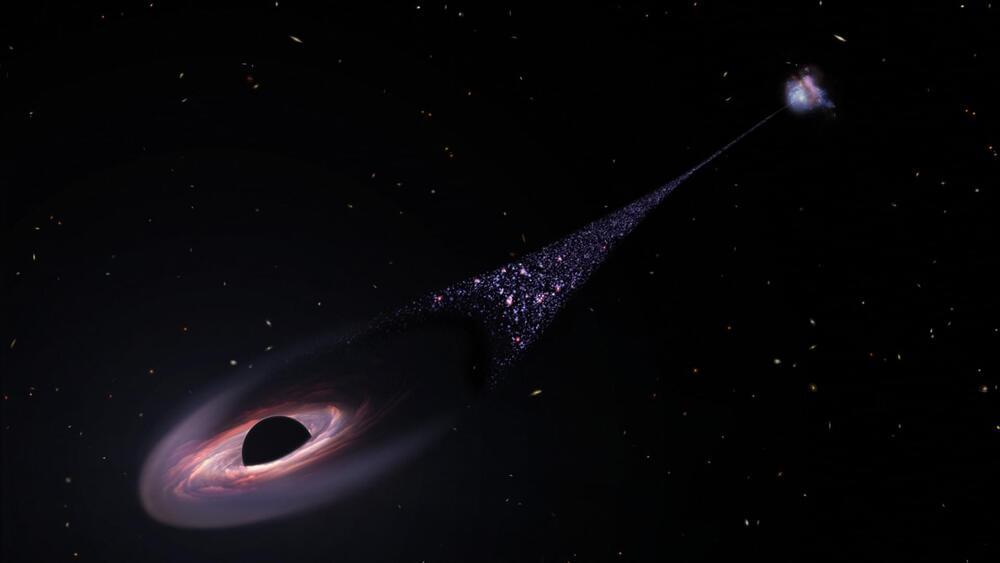

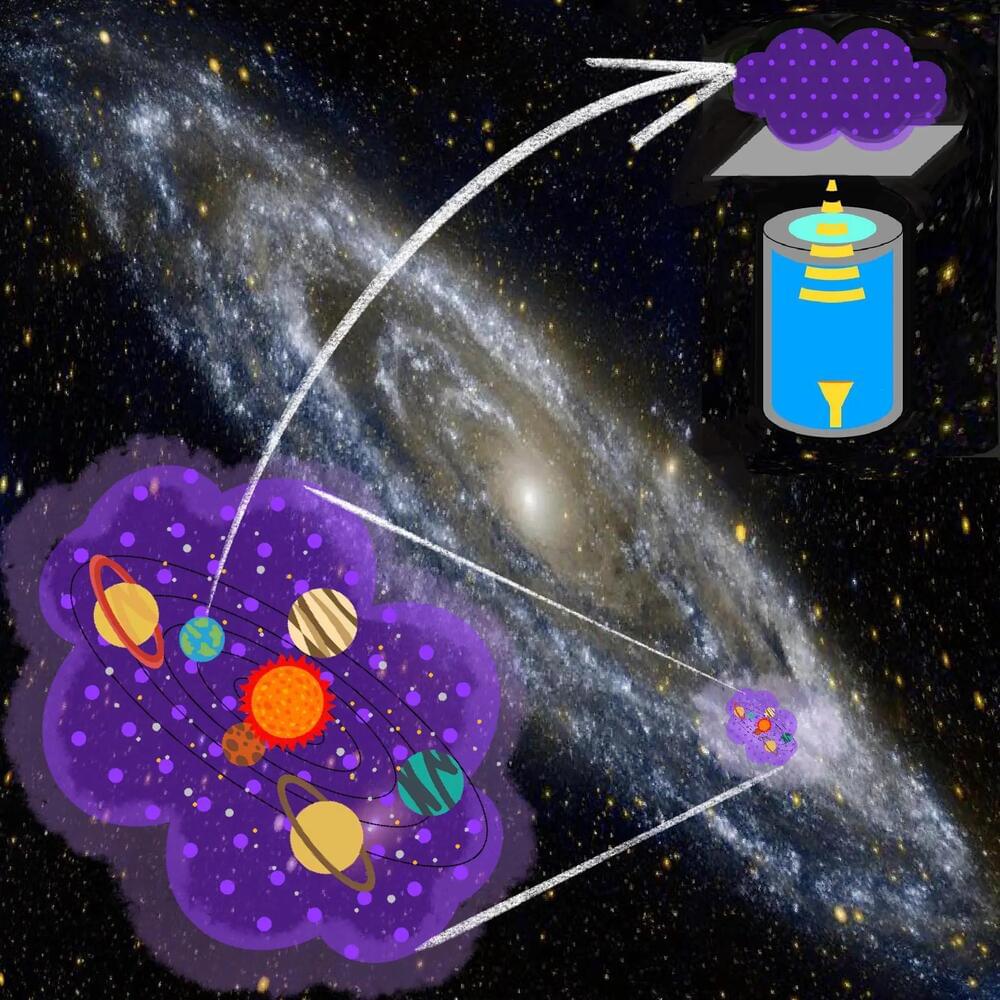
Scientists at Kyoto University have developed an experimental method to examine ultra-light dark matter by observing its gravitational effects on visible matter. Using millimeter-wave sensing in cryogenic conditions, the team achieved experimental parameters for unexplored mass ranges of dark photon.
A photon is a particle of light. It is the basic unit of light and other electromagnetic radiation, and is responsible for the electromagnetic force, one of the four fundamental forces of nature. Photons have no mass, but they do have energy and momentum. They travel at the speed of light in a vacuum, and can have different wavelengths, which correspond to different colors of light. Photons can also have different energies, which correspond to different frequencies of light.
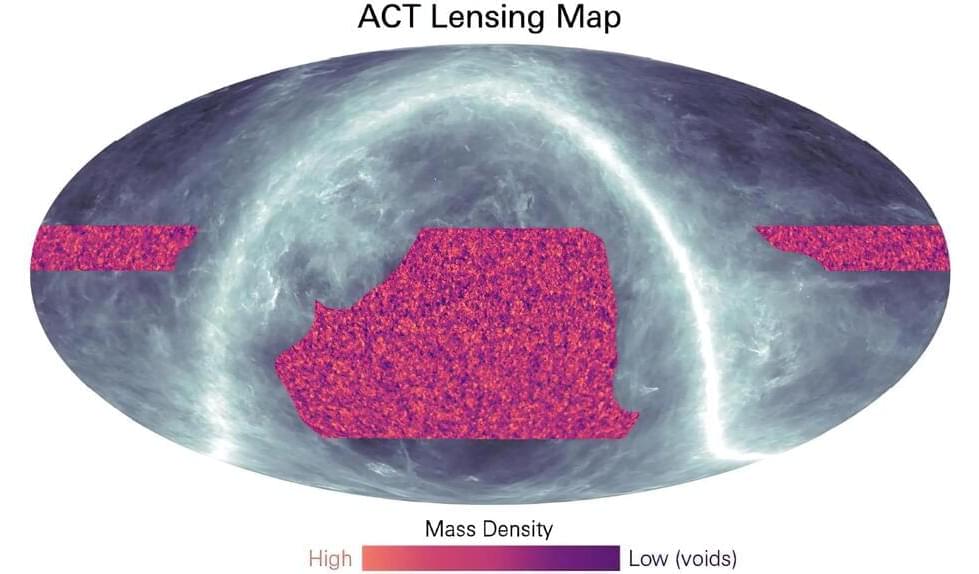
Research by the Atacama Cosmology Telescope collaboration has culminated in a significant breakthrough in understanding the evolution of the universe.
For millennia, humans have been fascinated by the mysteries of the cosmos.
Unlike ancient philosophers imagining the universe’s origins, modern cosmologists use quantitative tools to gain insights into its evolution and structure. Modern cosmology dates back to the early 20th century, with the development of Albert Einstein’s theory of general relativity.
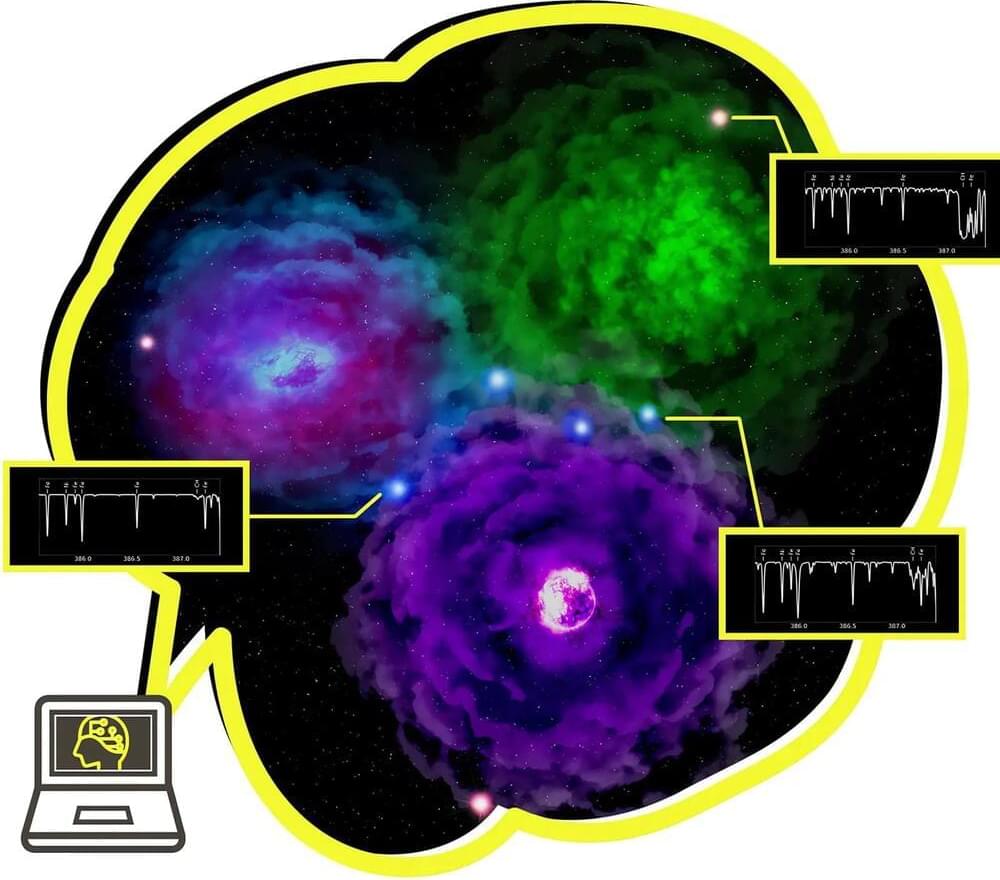
Using artificial intelligence, an international team analyzed the chemical composition of extremely metal-poor stars, finding that the first stars in the Universe were likely born in groups rather than individually. This method will be applied to future observations to better understand the early Universe.
An international team has used artificial intelligence to analyze the chemical abundances of old stars and found indications that the very first stars in the Universe were born in groups rather than as isolated single stars. Now the team hopes to apply this method to new data from on-going and planned observation surveys to better understand the early days of the Universe.
After the Big Bang, the only elements in the Universe where hydrogen, helium, and lithium. Most of the other elements making up the world we see around us were produced by nuclear reactions in stars. Some elements are formed by nuclear fusion at the core of a star, and others form in the explosive supernova death of a star. Supernovae also play an important role in scattering the elements created by stars, so that they can be incorporated into the next generation of stars, planets, and possibly even living creatures.
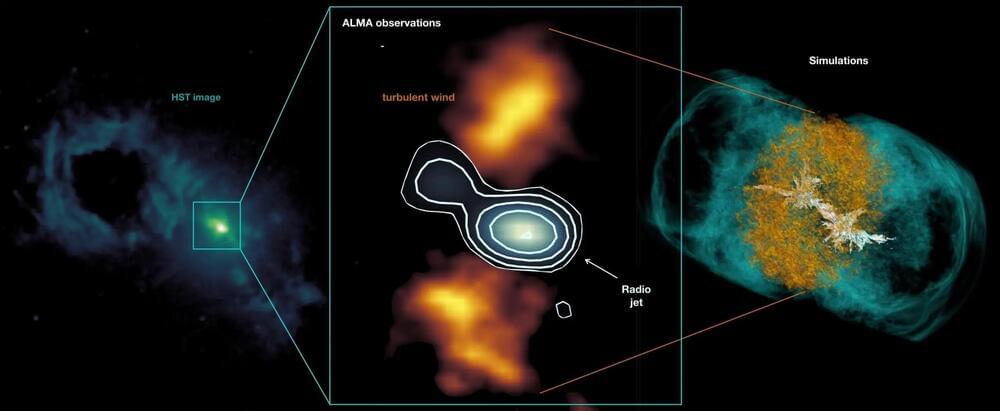
A study led by Anelise Audibert, a researcher at the Instituto de Astrofísica de Canarias (IAC), reveals a process that explains the peculiar morphology of the central region of the Teacup galaxy, a massive quasar located 1.3 billion light-years away from us. This object is characterized by the presence of expanding gas bubbles produced by winds emanating from its central supermassive black hole.
A black hole is a place in space where the gravitational field is so strong that not even light can escape it. Astronomers classify black holes into three categories by size: miniature, stellar, and supermassive black holes. Miniature black holes could have a mass smaller than our Sun and supermassive black holes could have a mass equivalent to billions of our Sun.
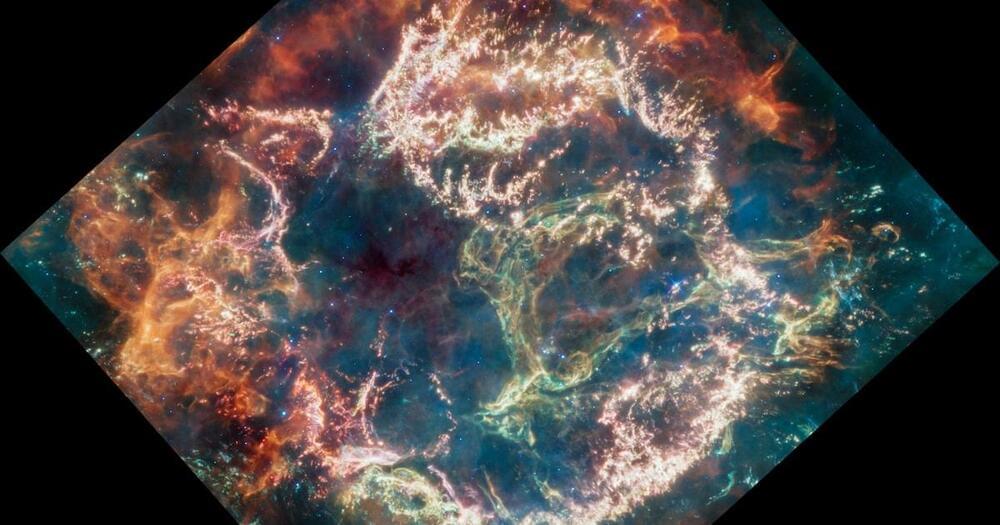
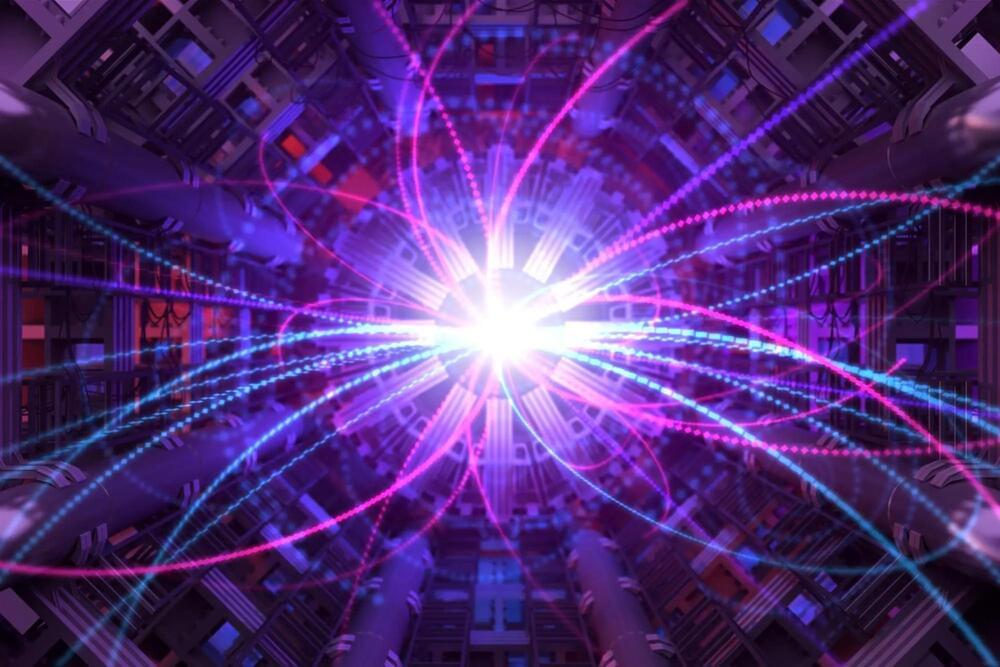
The first observation of collider neutrinos at the LHC paves the way for exploring new physics scenarios.
Although neutrinos are produced abundantly in collisions at the Large Hadron Collider (LHC), until now no neutrinos produced in such a way had been detected. Within just nine months of the start of LHC Run 3 and the beginning of its measurement campaign, the FASER collaboration changed this picture by announcing its first observation of collider neutrinos at this year’s electroweak session of the Rencontres de Moriond. In particular, FASER observed muon neutrinos and candidate events of electron neutrinos. “Our statistical significance is roughly 16 sigma, far exceeding 5 sigma, the threshold for a discovery in particle physics,” explains FASER’s co-spokesperson Jamie Boyd.
In addition to its observation of neutrinos at a particle collider, FASER presented results on searches for dark photons. With a null result, the collaboration was able to set limits on previously unexplored parameter space and began to exclude regions motivated by dark matter. FASER aims to collect up to ten times more data over the coming years, allowing more searches and neutrino measurements.
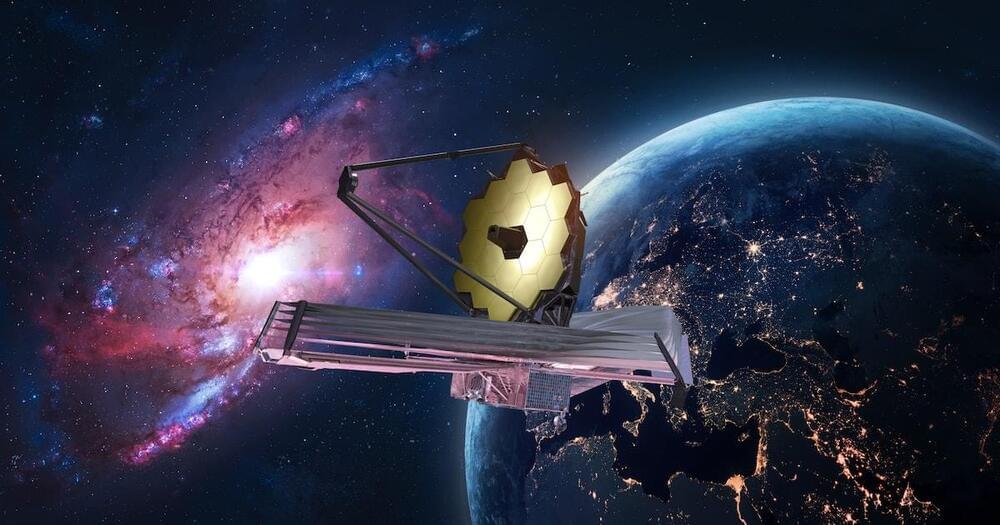
To say that the formation of the earliest galaxies a few hundred million years after the Big Bang was a momentous occasion is an understatement. Since astronomers first proposed they were their own “island universes” a century ago, the line of galaxies we have been able to detect has been pushed further and further away and further and further back into the history of the universe—all the way back to the first era of the emergence of galaxies.
This week, a new candidate for the earliest galaxy — and the earliest to be confirmed spectroscopically — has been identified, dubbed JADES-GS-Z13-0. It formed just 320 million years after the Big Bang, when the intergalactic medium was still made up of murky, neutral hydrogen. A pair of studies published this week in Nature give a peek at not just the most distant galaxy yet discovered, but the processes that have shaped matter in the Universe ever since.
The four distant galaxies were discovered as part of a collaboration between two teams using two different instruments on JWST. Beginning in the early 2000s, the Great Observatories Origins Deep Surveyor (GOODS) used the Hubble and Spitzer Space Telescopes along with the Chandra and Newton X-ray Observatories and various ground-based telescopes to image two sections of the sky as deeply as possible.
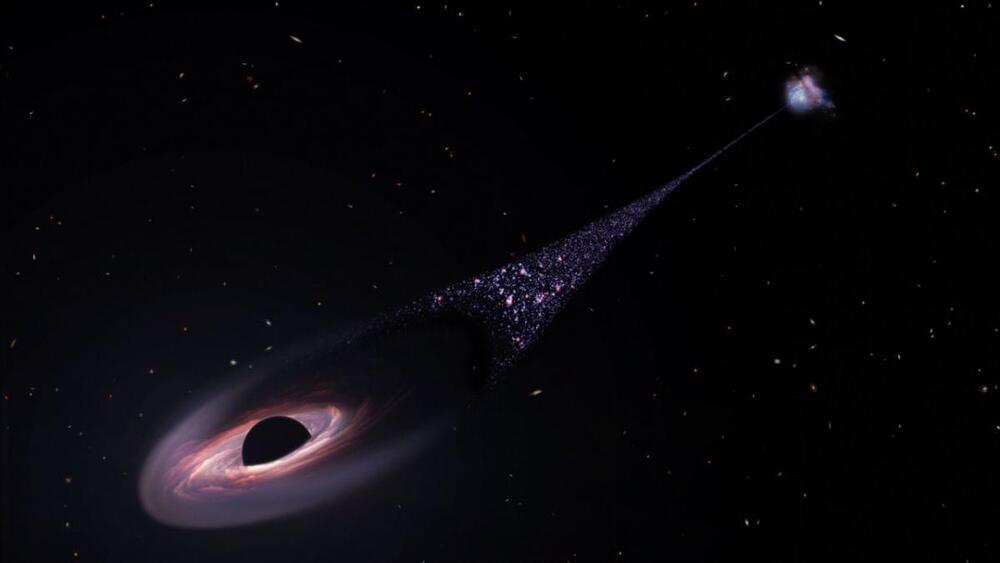
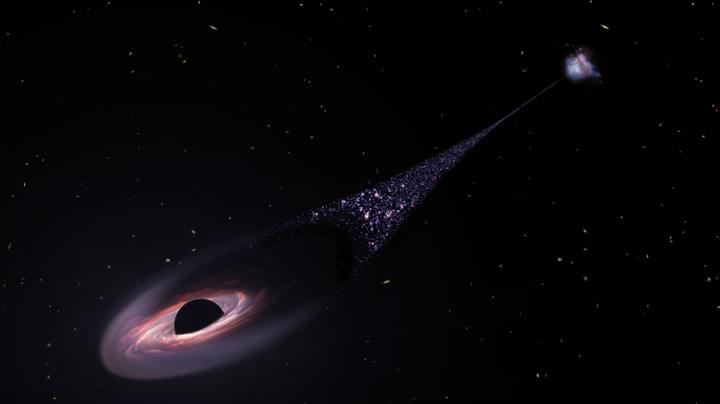
Unique object appeared to be scratches on Hubble images A “runaway” black hole shooting through the universe is like nothing ever seen, scientists have said. The object first appeared as “scratches” on images from NASA’s Hubble Space Telescope. But scientists now believe that it is a black hole, thrown out of its home galaxy and tearing through the cosmos, leaving a trail of stars in its wake.